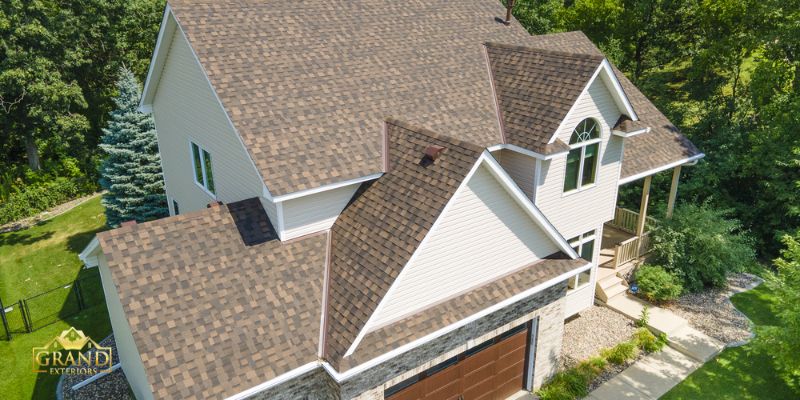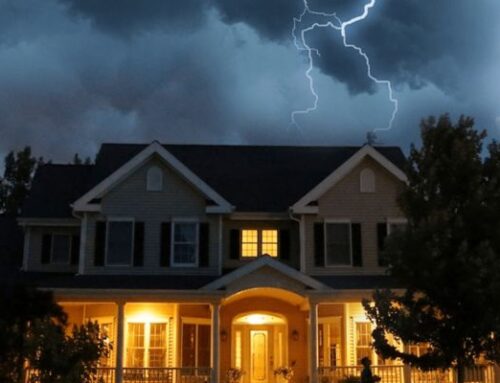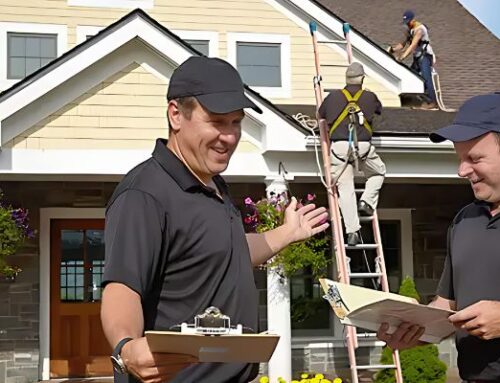As the world grapples with the increasing frequency and intensity of storms, homeowners are faced with a growing threat to their most significant investment: their homes. While the immediate impact of a storm is often apparent in the form of visible damage, the hidden costs can be even more insidious. In this comprehensive guide, we will explore the often-overlooked expenses associated with storm damage and offer homeowners valuable insights on how to mitigate these costs.
Understanding the Immediate Costs
When a storm strikes, the initial costs of storm damage are generally evident. These include:
- Property Damage: This includes damage to the roof, siding, windows, and other structural elements of your home. In severe cases, trees may fall on your property, causing extensive damage.
- Water Damage: Leaky roofs and broken windows can allow water to enter your home, leading to water damage, mold growth, and the need for extensive repairs.
- Loss of Personal Property: Storms can destroy or damage personal belongings, from electronics to furniture, which may require costly replacement.
- Temporary Shelter: If your home is severely damaged and uninhabitable, you may need to find temporary shelter. Hotel costs, eating out, and other living expenses can quickly add up.
- Emergency Repairs: You may need to make emergency repairs to prevent further damage, such as tarping a damaged roof or boarding up broken windows.
The Hidden Costs of Storm Damage
While these immediate costs are substantial, the hidden costs of storm damage can be even more financially burdensome. It’s crucial for homeowners to recognize these less obvious expenses and take steps to mitigate them.
- Decreased Property Value: If your home sustains significant damage, its overall value can decrease. This can affect your property taxes, as they are often based on the assessed value of your home.
- Utility Costs: Storm damage can disrupt your home’s utilities, such as water, electricity, and gas. Repairing these systems can be costly, and until they are fixed, you may incur additional expenses, such as the cost of staying elsewhere or eating out.
- Loss of Personal Time: Dealing with storm damage often requires significant personal time. From filing insurance claims to coordinating repairs, the hours spent addressing storm damage can be extensive.
- Mold Remediation: Water damage caused by storms can lead to mold growth. Mold remediation can be a costly and time-consuming process, as it often involves tearing out and replacing affected building materials.
- Code Compliance: In some cases, storm damage may necessitate upgrades to your home to bring it up to current building codes. These updates can be expensive and are typically not covered by insurance.
- Landscaping Restoration: Landscaping can be a significant expense, especially if trees, shrubs, or gardens are damaged during a storm. Restoring your property’s curb appeal can take time and money.
- Temporary Shelter Costs: If your home is uninhabitable, the costs of temporary shelter can add up quickly. This includes hotel stays, dining out, and other living expenses.
Mitigating Hidden Costs
While you can’t entirely prevent storm damage, there are several steps you can take to mitigate the hidden costs associated with it:
- Review Your Insurance Policy: Carefully review your homeowners’ insurance policy to understand what is and isn’t covered. Ensure you have adequate coverage for potential storm-related damages.
- Maintain Your Home: Regular maintenance can prevent some storm-related damage. Trim trees near your home, secure loose items that could become projectiles in high winds, and make necessary repairs promptly.
- Create an Emergency Fund: Having an emergency fund can help cover immediate costs like deductibles and temporary shelter expenses.
- Document Damage: After a storm, document all damages thoroughly. Take photographs and keep records of all expenses related to storm damage.
- Seek Professional Help: Don’t attempt to assess and repair storm damage yourself. Hire professionals to evaluate the extent of the damage and make repairs to prevent further issues.
- Consider Additional Coverage: Depending on where you live, you may need additional insurance coverage for specific storm-related risks, such as flood or earthquake insurance.
- Prepare an Emergency Kit: Assemble an emergency kit with essentials like water, non-perishable food, flashlights, and first aid supplies. This can help you save on temporary shelter costs if you can remain in your home during a power outage.
- Consult a Public Adjuster: In cases where insurance companies dispute claims or when it’s unclear what your policy covers, consult an attorney experienced in insurance law to protect your interests.
- Landscaping Considerations: When landscaping your property, consider using plants and trees that are less prone to storm damage. Proper landscaping planning can help reduce potential costs.
The Importance of Mitigating Hidden Costs Associated with Storm Damage
- Home Safety Measures: Invest in storm-resistant features such as reinforced roofing, impact-resistant windows, and secure entry doors. These upgrades may initially cost more but can significantly reduce the risk of severe damage in future storms.
- Community Preparedness: Get involved in community efforts to improve storm preparedness, such as joining local emergency response teams or attending workshops on disaster preparedness. A well-prepared community can mitigate the overall impact of storms and reduce the hidden costs associated with widespread damage.
- Regular Inspections: Schedule regular inspections of your home’s structural integrity, including the roof, foundation, and electrical systems. Identifying potential issues early can save you from more extensive, costly repairs later.
Conclusion
Storm damage can have a significant impact on your home and finances. While the immediate costs are evident, the hidden costs can be even more burdensome. By understanding these hidden expenses and taking steps to mitigate them, homeowners can better prepare for the financial consequences of storm damage. It’s important to review your insurance coverage, maintain your property, and be proactive in disaster preparedness to minimize the impact of storms on your home and wallet.




